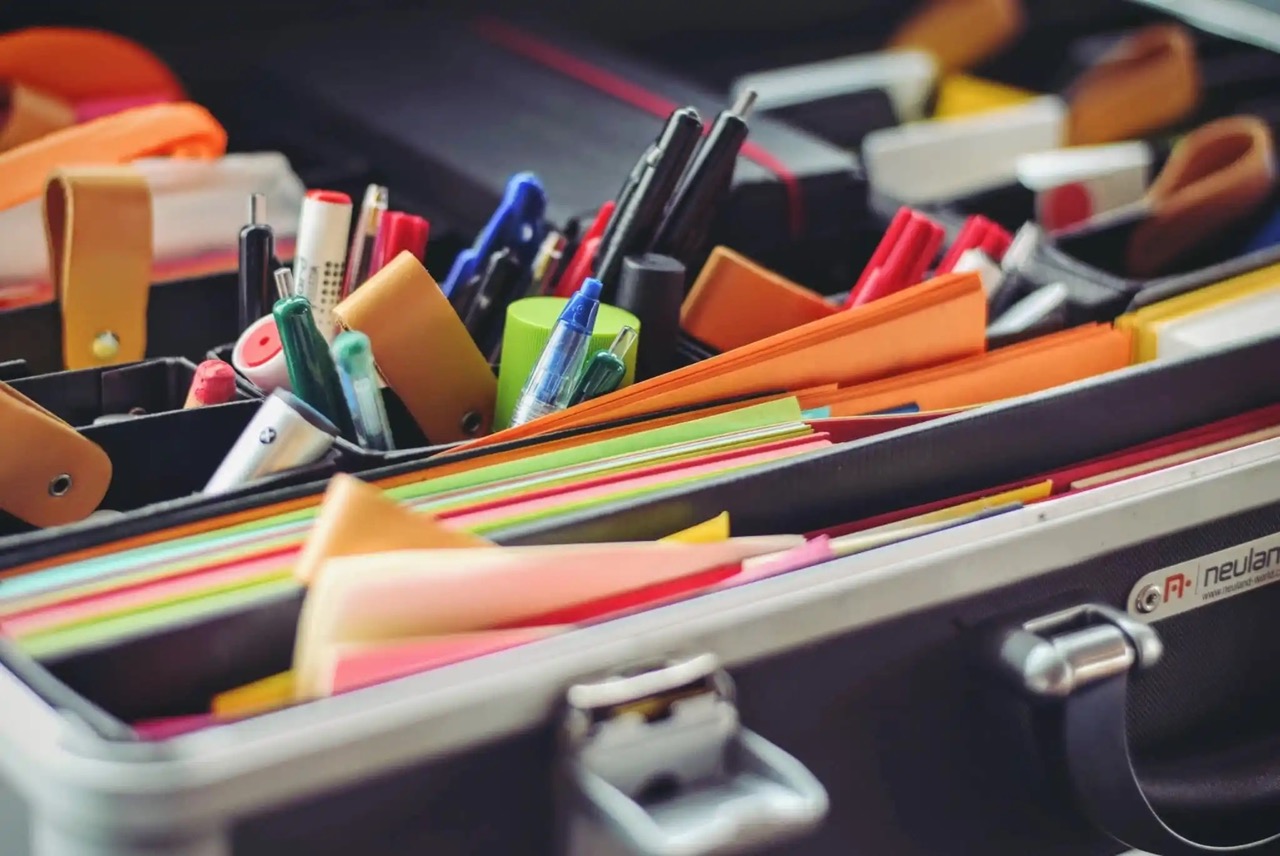

Articles
How To Store Office Supplies
Modified: January 21, 2024
Learn the best methods for storing office supplies with our comprehensive articles. Maximize efficiency and keep your workspace organized.
(Many of the links in this article redirect to a specific reviewed product. Your purchase of these products through affiliate links helps to generate commission for Storables.com, at no extra cost. Learn more)
Introduction
In any office environment, the efficient storage and organization of office supplies play a crucial role in maintaining productivity and reducing clutter. A well-organized storage system not only saves time and effort when searching for supplies, but also prolongs the lifespan of those supplies and prevents damage.
However, with the multitude of office supplies available and the variety of storage options to choose from, it can be overwhelming to determine the best approach for storing office supplies. This article will provide a comprehensive guide on how to effectively store office supplies, from choosing the right storage options to implementing a system for easy access and retrieval.
By following the guidelines outlined in this article, you can create a well-organized storage system that will not only optimize workspace efficiency but also streamline the inventory management process.
—
Choosing the Right Storage Options
When it comes to storing office supplies, the first step is selecting the right storage options. This involves considering factors such as the type of supplies, available space, and accessibility needs. Here are some guidelines to help you choose the most suitable storage containers, shelves, and labeling systems.
Guidelines for selecting storage containers:
- Choose containers made from durable and long-lasting materials, such as plastic or metal, to ensure the safety and protection of the supplies inside.
- Opt for containers with lids or covers to prevent dust and debris from accumulating on the supplies.
- Select containers with varying sizes to accommodate different types of supplies.
Factors to consider when choosing storage shelves:
- Assess the available space and determine the size and quantity of shelves needed to store the office supplies efficiently.
- Consider the weight-bearing capacity of the shelves to ensure they can support the supplies without bending or collapsing.
- Choose adjustable shelves to accommodate different-sized items and maximize space utilization.
Understanding the importance of labeling:
- Labeling containers and shelves is essential for easy identification and retrieval of supplies.
- Use clear and visible labels to ensure that anyone can find and return supplies to their designated locations.
- Consider using color-coded labels to categorize supplies, making it easier to locate specific items.
Key Takeaways:
- Efficient storage and organization of office supplies is crucial for maintaining productivity and reducing clutter. Choosing the right storage options, categorizing supplies, and implementing labeling systems are key to creating a well-organized storage system.
- Proper handling and storing techniques, along with maintaining inventory and streamlining the reordering process, are essential for ensuring a well-functioning office storage system. Designing a user-friendly layout and utilizing effective labeling and color-coding techniques also contribute to an organized and efficient workspace.
Read more: How To Store Binder Clips
Choosing the Right Storage Options
When it comes to storing office supplies, it’s important to choose the right storage options to ensure that your supplies are organized and easily accessible. Here are some guidelines to help you make the best choices when selecting storage containers, shelves, and labeling systems.
Guidelines for selecting storage containers:
When choosing storage containers for your office supplies, there are a few important factors to keep in mind:
- Durability: Select containers made from durable materials such as plastic or metal. This will ensure that your supplies are protected and won’t be easily damaged.
- Lids or covers: Look for containers with secure lids or covers to keep out dust and debris. This will help to maintain the cleanliness of your supplies and prevent them from getting dirty.
- Varying sizes: Opt for containers with different sizes to accommodate a variety of office supplies. This will make it easier to organize and store items of different shapes and dimensions.
Factors to consider when choosing storage shelves:
When selecting storage shelves for your office supplies, consider the following factors:
- Available space: Assess the space you have available and choose shelves that fit the area. Make sure to measure the height, width, and depth of the space where the shelves will be placed.
- Weight-bearing capacity: Take into account the weight of your supplies and choose shelves that can support that weight without bending or collapsing. It’s important to ensure that the shelves are sturdy and reliable.
- Adjustability: Opt for shelves that allow for easy adjustment of the shelf height or configuration. This will give you the flexibility to accommodate supplies of different sizes and optimize the use of space.
Understanding the importance of labeling:
Labeling containers and shelves is essential for keeping your office supplies organized and easily accessible. Here are a few reasons why labeling is important:
- Easy identification: Clearly labeling containers and shelves makes it easy to identify the contents and find the supplies you need quickly. Use clear and visible labels that are easily readable.
- Efficient retrieval: With proper labeling, anyone in the office can find and return supplies to their designated locations easily. This eliminates confusion and saves time and effort.
- Color-coded system: Consider implementing a color-coded labeling system to further categorize and organize your supplies. Assign a specific color to each category or type of supply, making it even easier to locate specific items.
By following these guidelines for choosing storage containers, shelves, and implementing a labeling system, you can create an efficient and organized storage solution for your office supplies. This will not only save you time and effort but will also help prolong the lifespan of your supplies and prevent damage. In the next section, we will delve into organizing office supplies by category.
Read more: How To Store Sharpies
Organizing Office Supplies by Category
Now that you have chosen the right storage options, it’s time to focus on organizing your office supplies. One effective way to do this is by categorizing your supplies into different groups or categories. This will not only make it easier to locate items but also ensure that everything has a designated place. Here are some tips on categorizing, sorting, and maintaining a well-organized storage system for your office supplies.
Categorizing common office supplies:
The first step in organizing your office supplies is to categorize them into groups based on their similarities or usage. Some common categories include:
- Writing instruments: This category includes pens, pencils, markers, highlighters, and other writing tools.
- Paper products: Categorize items like notepads, sticky notes, envelopes, notebooks, and printer paper in this group.
- Stationery: This category can include items such as paper clips, staplers, scissors, tape, rulers, and other office essentials.
- Electronics: If you have electronic devices such as calculators, chargers, headphones, or computer accessories, create a specific category for them.
- Filing and storage: This category will cover items like file folders, binders, document holders, storage boxes, and any other items related to organizing paperwork.
- Kitchen and breakroom supplies: If you have a shared kitchen or breakroom area, create a category for items like cups, plates, utensils, coffee supplies, and snacks.
Sorting items effectively within each category:
Once you have established categories for your office supplies, sort and organize the items within each category in a logical and efficient manner:
- Group similar items together: Place similar items next to each other to make it easier to locate and access them when needed.
- Consider frequency of use: Arrange items based on how often they are used. Keep frequently used items within easy reach, while less frequently used items can be stored further away.
- Utilize dividers or compartments: Within a container or drawer, use dividers or compartments to separate different types of supplies, making it easier to find specific items.
- Keep frequently used categories closer: If certain categories of supplies are used more frequently, place them in easily accessible areas, such as the top shelf or within arm’s reach.
Tips for maintaining a well-organized storage system:
Once you have organized your office supplies, it’s important to establish habits and systems to maintain the organization. Here are some tips to help you maintain a well-organized storage system:
- Regularly declutter: Set aside time every few months to declutter and remove any expired or unnecessary items from your office supplies. This will help keep your storage area clutter-free.
- Return items to their designated spots: Encourage everyone in the office to return supplies to their designated categories and places after use. This will help maintain order and prevent items from getting misplaced.
- Perform periodic checks: Regularly inspect your storage system to ensure that items are arranged correctly and in good condition. Make adjustments as necessary.
- Update your inventory: Keep track of your supplies and update your inventory regularly. This will help you know when to reorder items and avoid running out of essential supplies.
By categorizing your office supplies, sorting items effectively within each category, and implementing these maintenance tips, you can create a well-organized storage system that promotes efficiency and productivity in your office. In the next section, we will explore proper handling and storing techniques to ensure the longevity of your office supplies.
Read more: How To Store Cards
Proper Handling and Storing Techniques
When it comes to properly storing office supplies, it is important to handle them with care and use appropriate techniques to prevent damage. Additionally, maximizing space utilization while maintaining accessibility will ensure an efficient storage system. Here are some guidelines on handling and storing office supplies, as well as tips for preventing damage and ensuring the longevity of your supplies.
Guidelines for handling and storing fragile supplies:
Some office supplies, such as electronics or delicate stationery items, may require extra care when handling and storing. Here are some guidelines to consider:
- Handle with care: When working with fragile supplies, always handle them with care. Avoid dropping or mishandling these items to prevent breakage or damage.
- Use protective packaging: If possible, store fragile supplies in protective packaging such as bubble wrap or padded envelopes. This will provide an extra layer of protection against potential damage.
- Store in a secure area: Keep fragile supplies in a designated area that is less prone to accidents or damage. Ensure that they are stored away from heavy or sharp objects that could potentially cause harm.
Maximizing space utilization while maintaining accessibility:
Efficient utilization of storage space is important to maximize the functionality of your storage system. Here are some tips to help you make the most of the available space while still maintaining accessibility:
- Vertical storage: Consider utilizing vertical space by investing in storage shelves or racks. This will free up floor space and provide more room for storage.
- Utilize drawer dividers and organizers: Use dividers and organizers within drawers to create separate compartments for different supplies. This will allow for better organization and make it easier to find specific items.
- Stackable containers: Utilize stackable containers or bins to make use of vertical space. This is especially useful for storing items of the same category or those that are not frequently accessed.
- Hanging storage: For smaller items or supplies with limited shelf space, consider using hanging storage options such as pegboards or wall-mounted organizers.
Preventing damage and ensuring longevity of office supplies:
Taking steps to prevent damage and ensure the longevity of your office supplies is crucial in maintaining an efficient storage system. Here are some tips to help you achieve this:
- Proper temperature and humidity: Ensure that your storage area has a controlled temperature and humidity level. Extreme temperature fluctuations or high humidity can damage certain supplies, such as paper or electronic devices.
- Regular cleaning: Regularly clean your storage area to remove dust and debris that can accumulate on your supplies. This not only keeps your supplies clean but also prevents damage or deterioration over time.
- Avoid exposure to sunlight: Store your supplies away from direct sunlight, as prolonged exposure to UV rays can cause fading or discoloration of certain items, such as paper or ink.
- Rotate stock: Implement a system to rotate stock by placing newly purchased supplies behind older ones. This helps prevent supplies from sitting unused for too long and becoming damaged or expired.
By following these proper handling and storing techniques, you can ensure that your office supplies remain in good condition, accessible, and durable for an extended period of time. In the next section, we will discuss maintaining inventory and reordering supplies for a well-functioning office storage system.
Read more: How To Store Pens
Maintaining Inventory and Reordering Supplies
In order to keep your office storage system running smoothly, it is important to maintain an accurate inventory and have an efficient process for reordering supplies. Establishing a well-organized inventory management system and regularly updating your stock levels will help you stay on top of your supply needs. Here are some guidelines for maintaining inventory and streamlining the reordering process:
Establishing an efficient inventory management system:
An efficient inventory management system is essential for keeping track of your office supplies. Here are some steps to help you establish an effective system:
- Assign responsibility: Designate an individual or team responsible for managing the inventory and reordering process. This person should have a clear understanding of your inventory management system and the authority to make purchasing decisions.
- Use software or technology: Consider using inventory management software or tools to help you track and manage your supplies. These tools can automate many tasks, such as tracking stock levels and generating reorder alerts.
- Set up a centralized storage location: Store all your supplies in one central location to keep track of inventory more easily. This also helps to prevent duplicate purchases or stockouts.
Regular inventory checks and updates:
Regularly checking and updating your inventory is crucial for maintaining accurate stock levels. Here are some practices to adopt:
- Schedule regular inventory counts: Set a schedule for regular inventory checks to ensure that your stock levels are accurate and up to date. This can be done monthly, quarterly, or as needed depending on the volume and turnover of your supplies.
- Document changes: Keep a record of any changes in your inventory, including new purchases, returns, or damaged items. This will help you maintain a clear view of your stock levels and make informed decisions when reordering.
- Update inventory in real-time: Record any changes to your inventory immediately to maintain accuracy. This can be done manually or by using inventory management software.
Streamlining the reordering process:
Efficiently reordering supplies is essential for maintaining a well-functioning office storage system. Here are some tips to streamline the reordering process:
- Set reorder points: Establish a minimum quantity threshold for each supply item. When the stock reaches this level, it should trigger a reorder. This helps prevent stockouts and ensures that supplies are replenished in a timely manner.
- Monitor lead times: Keep track of the lead times for reordering supplies. This will help you plan ahead and avoid delays or running out of critical items.
- Centralize purchasing: Consolidate ordering responsibilities to a single person or department. This helps prevent duplicate orders and allows for better negotiation with suppliers.
- Forecast demand: Analyze past usage patterns and anticipate future needs to predict demand accurately. This will help you avoid overstocking or understocking supplies.
By implementing an efficient inventory management system, regularly updating your inventory, and streamlining the reordering process, you can ensure that your office storage system is well-maintained and supplies are replenished in a timely manner. In the next section, we will explore implementing a system for easy access and retrieval of office supplies.
Read more: How To Store Stickers
Implementing a System for Easy Access and Retrieval
Having a system in place for easy access and retrieval of office supplies is essential for maintaining productivity and efficiency in the workplace. Here are some tips on how to design a user-friendly storage layout, utilize effective labeling and color-coding techniques, and maintain order and accessibility in shared storage spaces:
Designing a user-friendly layout for office supply storage:
The layout of your office supply storage plays a key role in ensuring easy access and retrieval. Consider the following tips when designing your storage layout:
- Categorize supplies logically: Group similar supplies together based on their function, usage, or category. This will make it easier to navigate the storage area and quickly locate specific items.
- Arrange frequently used items within reach: Place frequently used supplies in easily accessible areas, such as on lower shelves or in top drawers. This saves time and effort when retrieving regularly needed items.
- Optimize space utilization: Make use of vertical space by installing shelving units or utilizing wall-mounted storage solutions. This maximizes storage capacity and frees up floor space for other purposes.
- Create designated areas: Establish specific areas for different types of supplies. For example, have separate sections for writing materials, paper products, or stationery. This promotes organization and reduces clutter.
Utilizing labeling and color-coding techniques:
Labels and color-coding are powerful tools to enhance organization and facilitate easy retrieval of supplies. Consider these techniques:
- Clear and visible labels: Label storage containers, shelves, or drawers with clear and easily readable labels. This ensures that everyone can quickly identify the contents and return items to their proper locations.
- Consistent labeling system: Establish a consistent labeling system across your storage area. Use standardized categories or numbering systems that are easy to understand and follow.
- Color-coded tags or labels: Assign specific colors to different categories or types of supplies. For example, use red tags for writing instruments and green tags for paper products. This visual distinction helps users quickly identify and retrieve the desired items.
- Label holders or sleeves: Utilize label holders or sleeves that can be easily attached or slid onto storage containers, shelves, or racks. This allows for easy updating and repositioning of labels as needed.
Tips for maintaining order and accessibility in shared storage spaces:
In shared storage spaces, it is important to establish guidelines and protocols to ensure order and accessibility. Consider the following tips:
- Communication and cooperation: Foster open communication among team members who share the storage space. Encourage everyone to follow the established system and communicate any changes or issues.
- Regular maintenance and clean-up: Schedule regular maintenance sessions to declutter and reorganize the shared storage area. Encourage all users to contribute and keep the space tidy.
- Assign responsibility: Delegate specific individuals or teams to monitor and maintain the shared storage area. This ensures that someone is accountable for the organization and accessibility of the supplies.
- Training and guidelines: Provide training on the storage system and guidelines for accessing and returning supplies. This helps educate users on the proper procedures and expectations.
By implementing a user-friendly storage layout, utilizing effective labeling and color-coding techniques, and maintaining order and accessibility in shared storage spaces, you can create an organized and efficient system that saves time, reduces frustration, and enhances overall productivity. In the concluding section, we will summarize the importance of these practices and the benefits they bring to office supply storage.
Read more: How To Store Documents
Conclusion
Efficiently storing and organizing office supplies is crucial for maintaining productivity and reducing clutter in the workplace. By following the guidelines and implementing the strategies outlined in this article, you can create a well-organized storage system that ensures easy access and retrieval of supplies while preventing damage and prolonging their lifespan.
Choosing the right storage options, such as durable containers and adjustable shelves, is the first step towards creating an organized storage system. Labeling containers and shelves, using clear and visible labels or color-coding techniques, helps in easy identification and retrieval of supplies. Categorizing office supplies and sorting them effectively within each category allows for quick and efficient access to specific items.
Proper handling and storing techniques are vital for preventing damage to fragile supplies and maximizing space utilization. Handling fragile items with care and using protective packaging ensures their longevity. Maximizing vertical space, utilizing drawer dividers, and employing stackable containers optimize space utilization and accessibility.
Maintaining an accurate inventory and streamlining the reordering process is essential for ensuring a well-functioning storage system. Establishing an inventory management system, regularly updating your stock levels, and setting reorder points help prevent stockouts and maintain supply levels. Additionally, designing a user-friendly layout, utilizing labeling and color-coding techniques, and implementing guidelines for shared storage spaces promote order and accessibility.
In conclusion, investing time and effort into storing office supplies properly is well worth it. An organized storage system not only saves time and reduces frustration when searching for supplies, but also enables efficient inventory management and improves overall productivity in the workplace.
By following the guidelines and employing the tips provided in this article, you can create a storage system that enhances the efficiency and functionality of your workspace. So, take the initiative to implement these practices and enjoy a well-organized and easily accessible office storage system.
Frequently Asked Questions about How To Store Office Supplies
Was this page helpful?
At Storables.com, we guarantee accurate and reliable information. Our content, validated by Expert Board Contributors, is crafted following stringent Editorial Policies. We're committed to providing you with well-researched, expert-backed insights for all your informational needs.
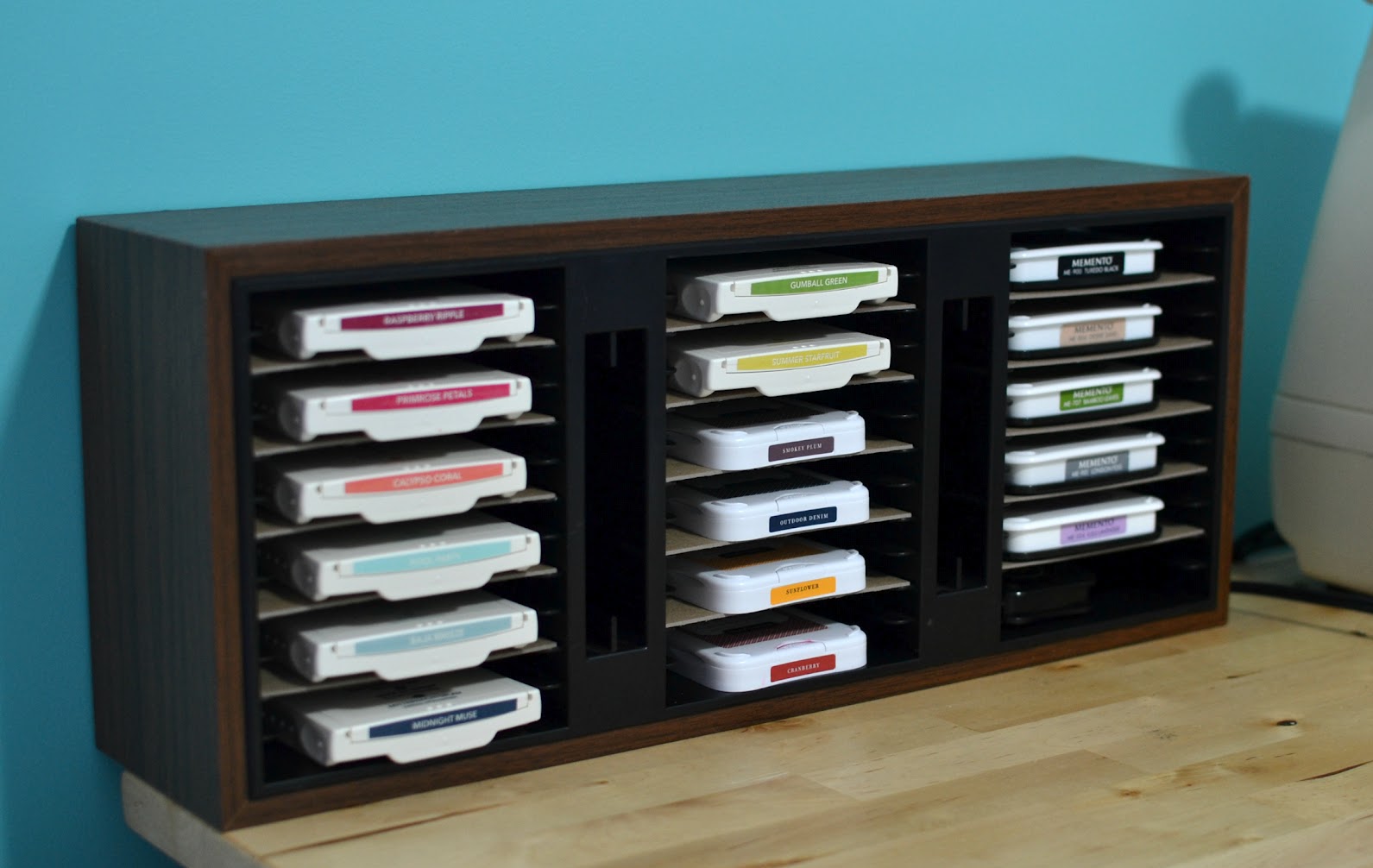

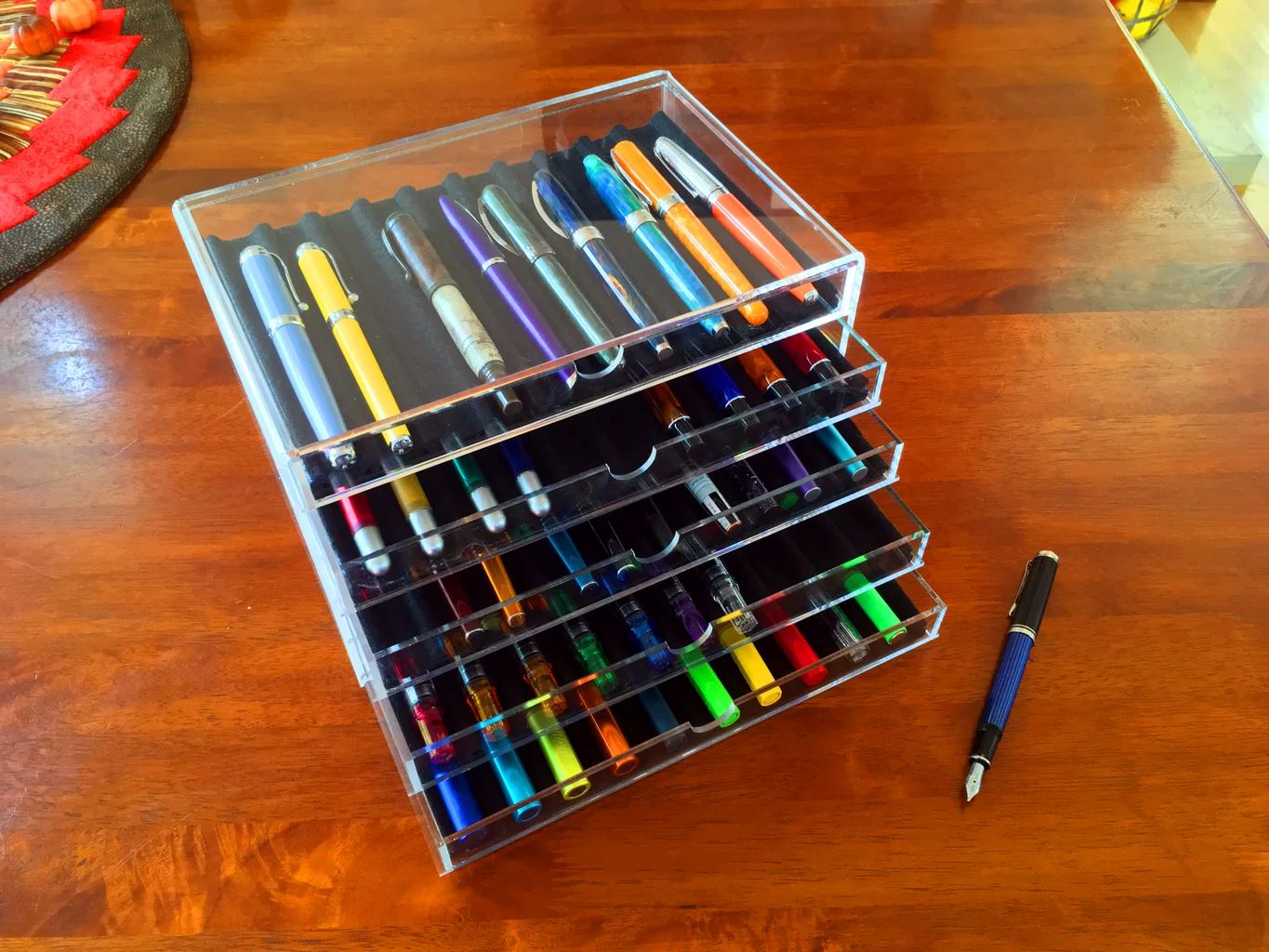
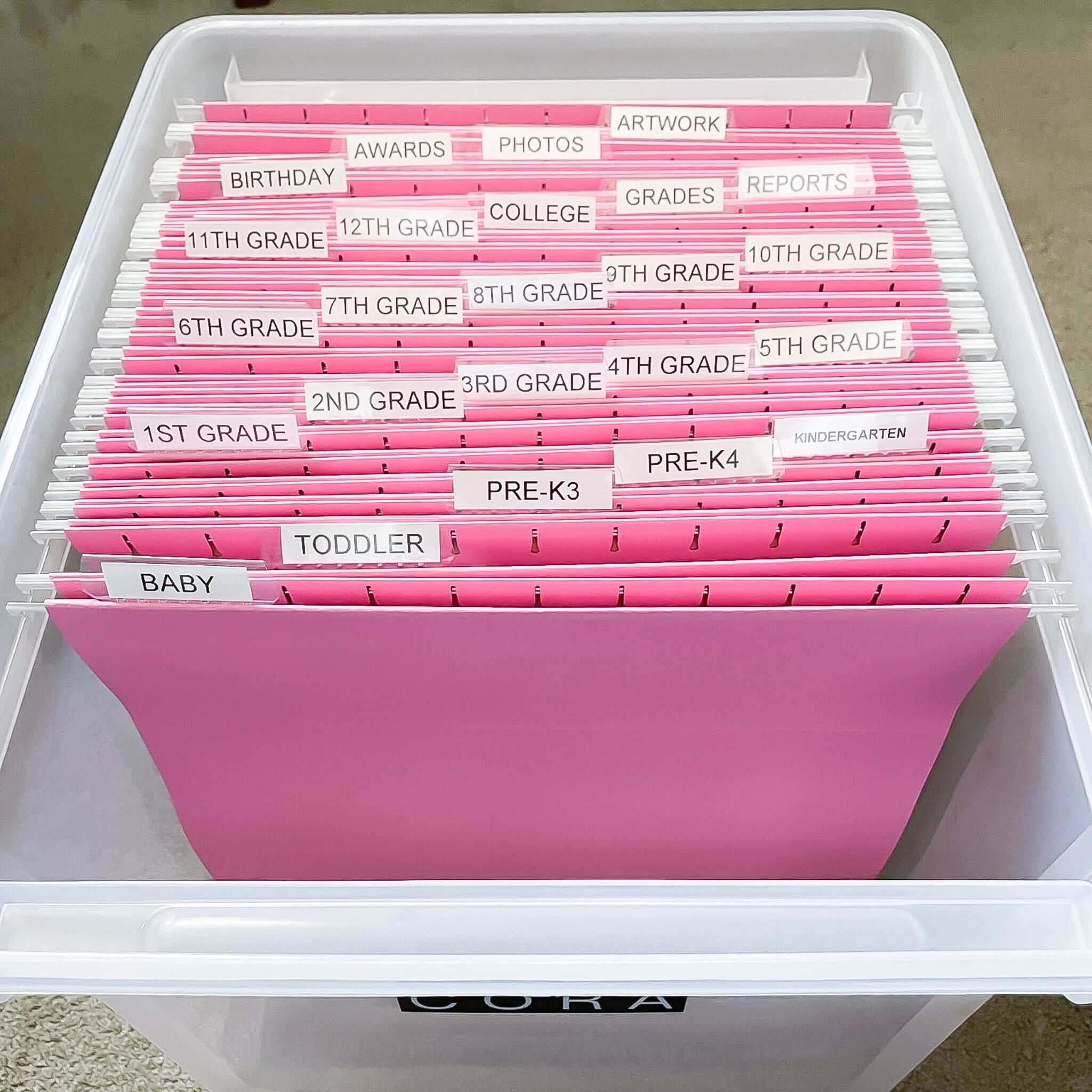
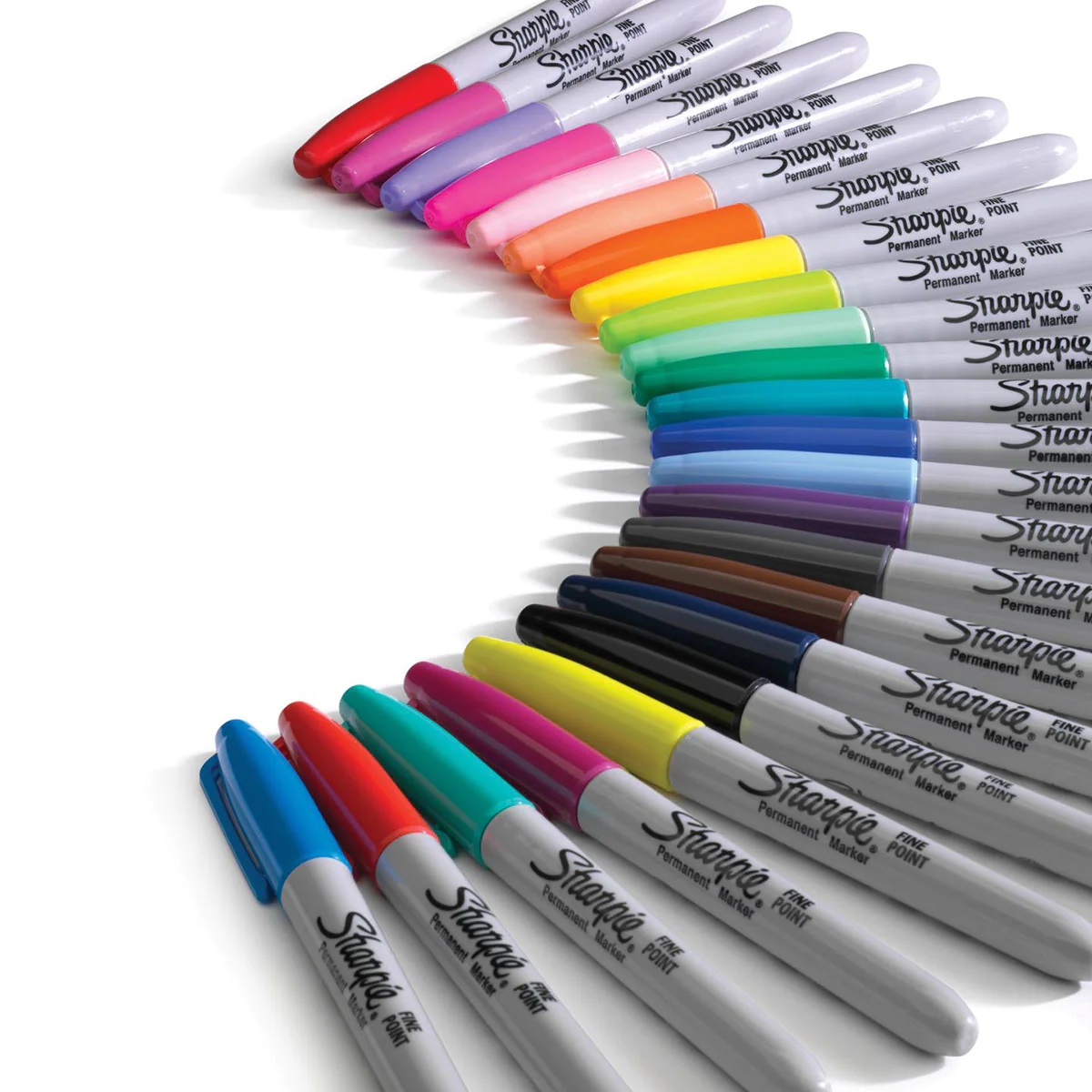
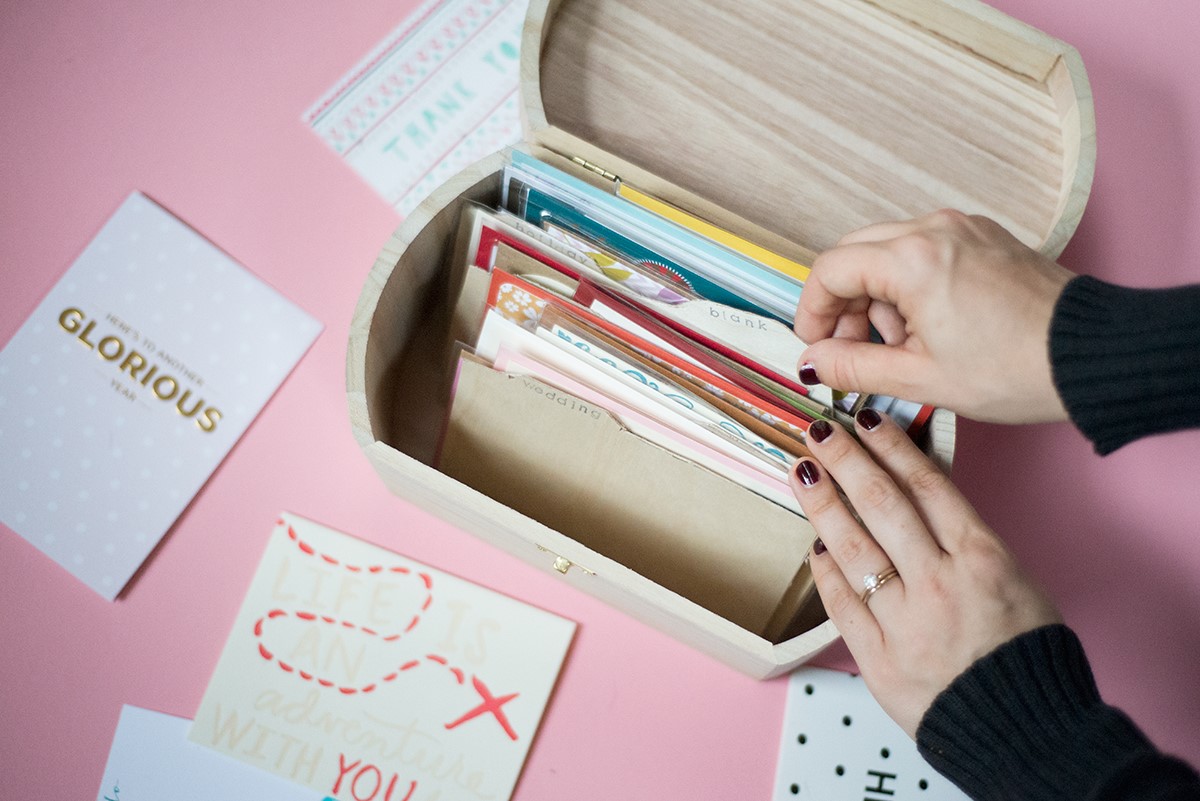

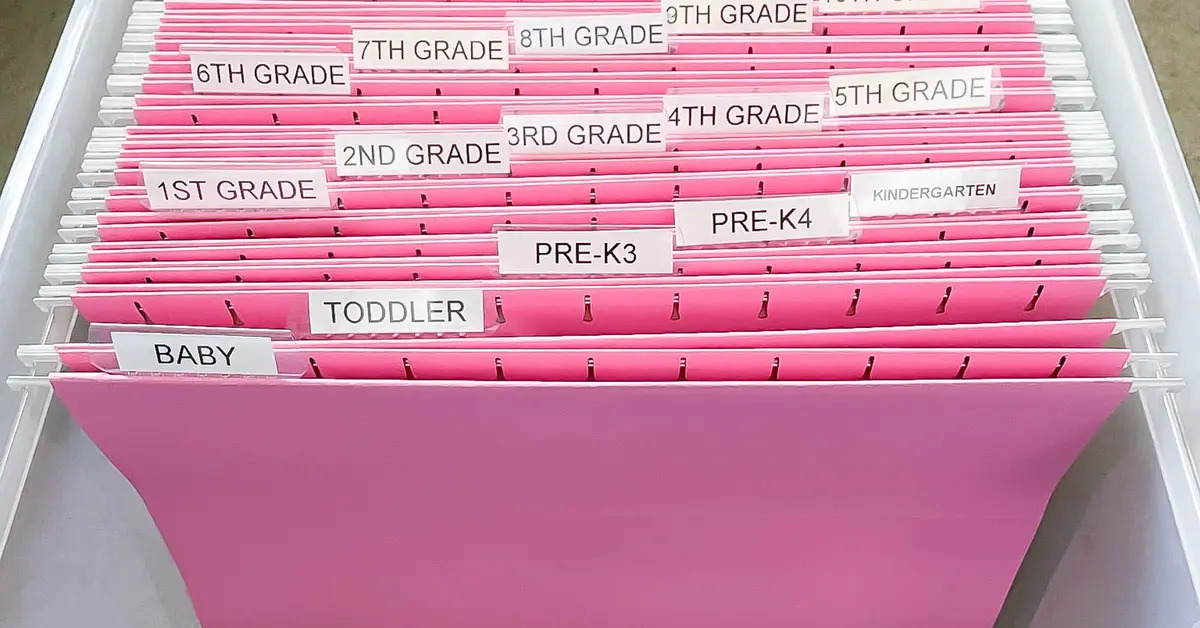
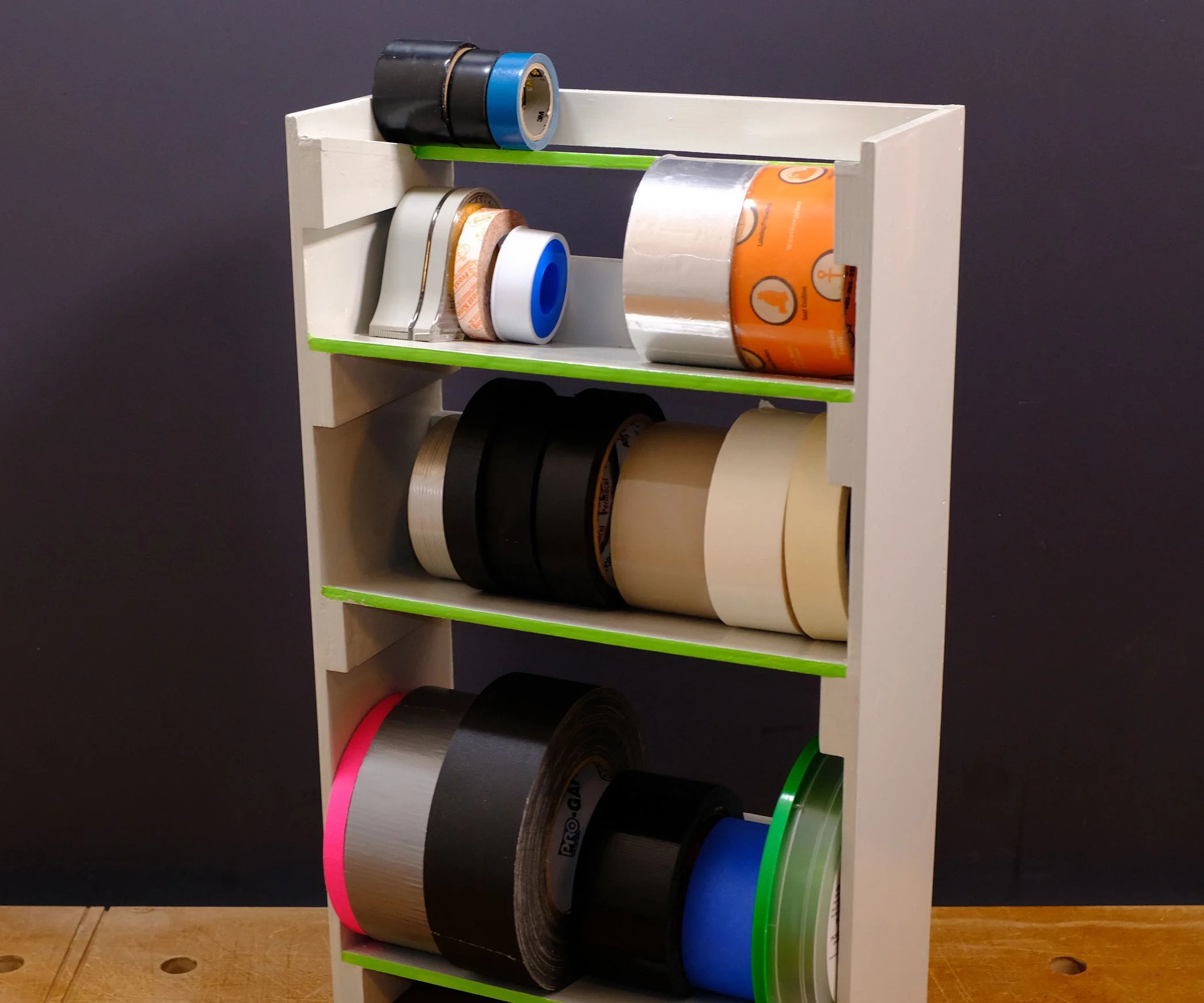
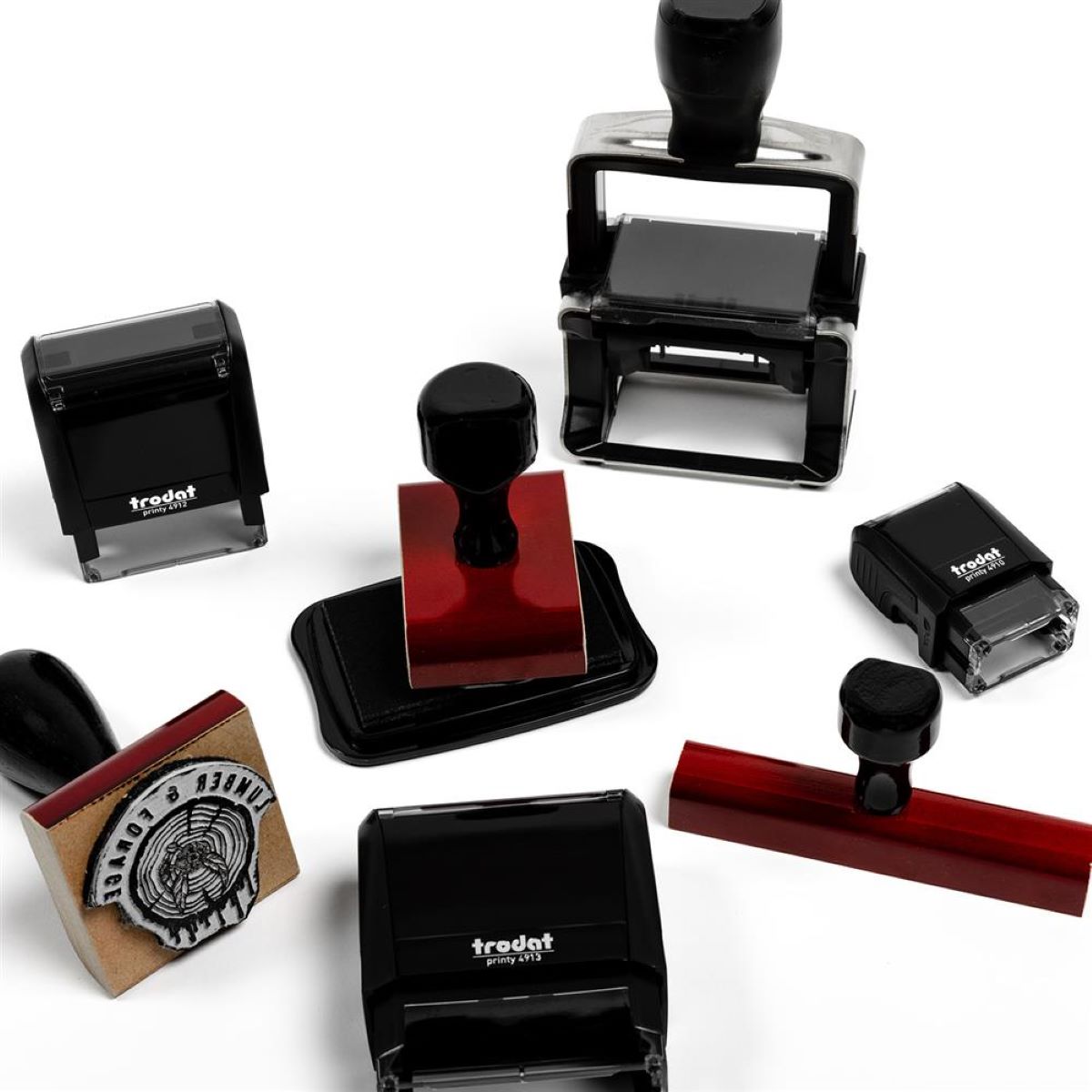

0 thoughts on “How To Store Office Supplies”